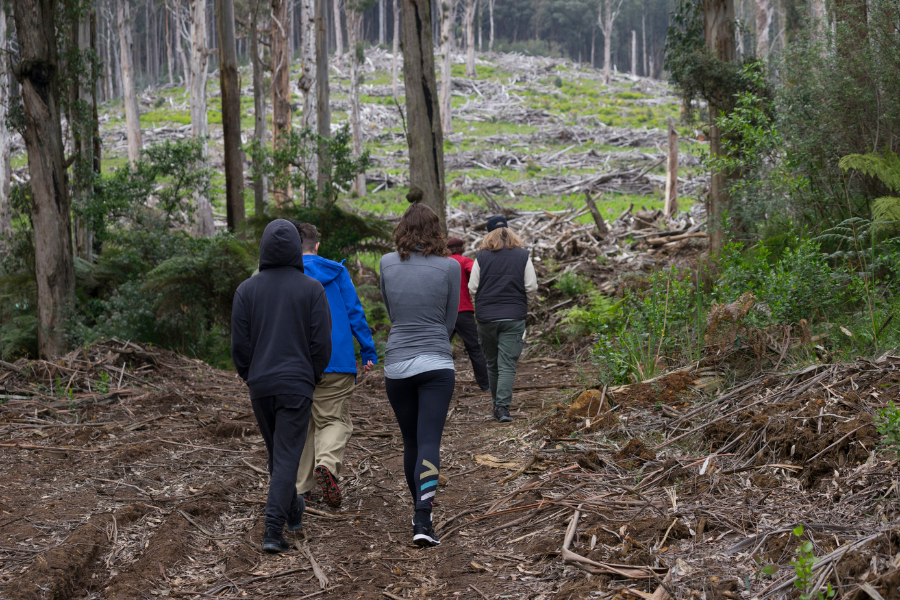
Deforestation
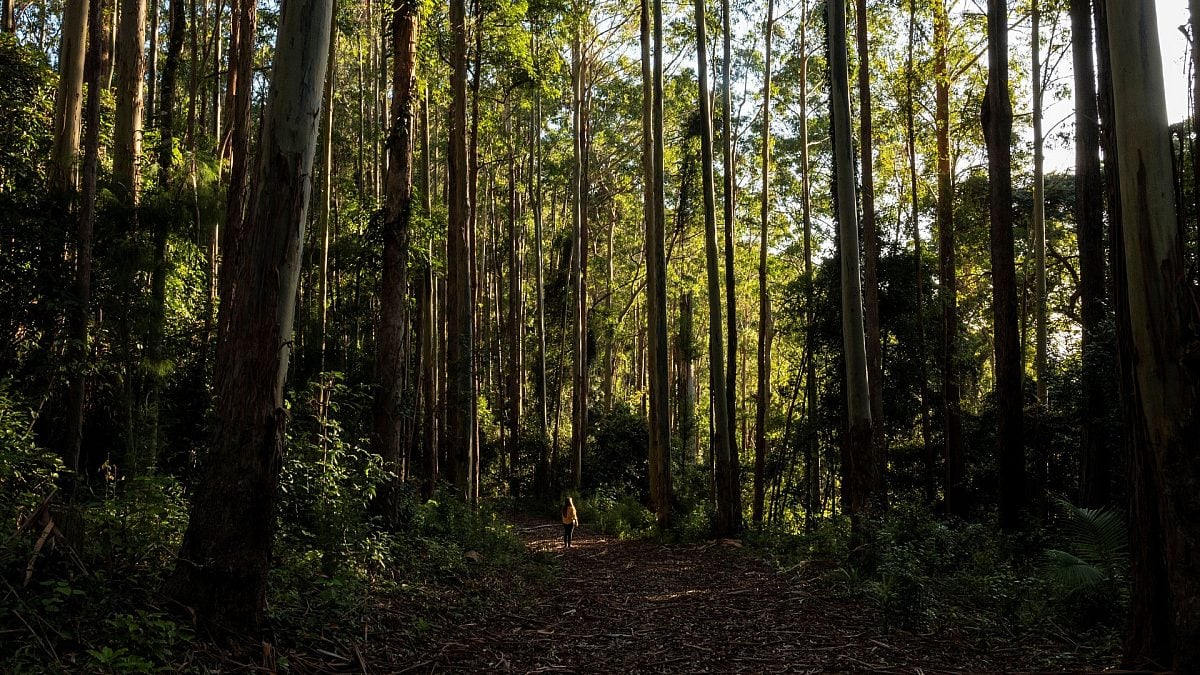
Stop the chop
NSW needs to stop the chop. Industrial logging is destroying critical habitat for threatened species in forests severely impacted by the Black Summer Bushfires.
As part of their election campaign, NSW Labor committed $80 million to create the Great Koala National Park. Will you ask the new NSW Environment Minister, Penny Sharpe, to push for key native forests to be urgently protected from industrial logging and to establish the Great Koala National Park as quickly as possible?
NSW forests are globally significant and exceptional in their diversity. From semi-arid woodlands to rainforests, the state’s forests are home to an incredible array of plant and animal life, much of it endemic. Many threatened species—such as the koala, greater glider and gang-gang cockatoo—depend on these forests for their survival.
Two areas are inscribed on the World Heritage List. The Greater Blue Mountains World Heritage Area is a global centre for the evolution and diversification of quintessential Australian flora like eucalypts, banksias and waratahs. In northern NSW the Gondwana Rainforests of Australia feature the most extensive areas of subtropical rainforest in the world.
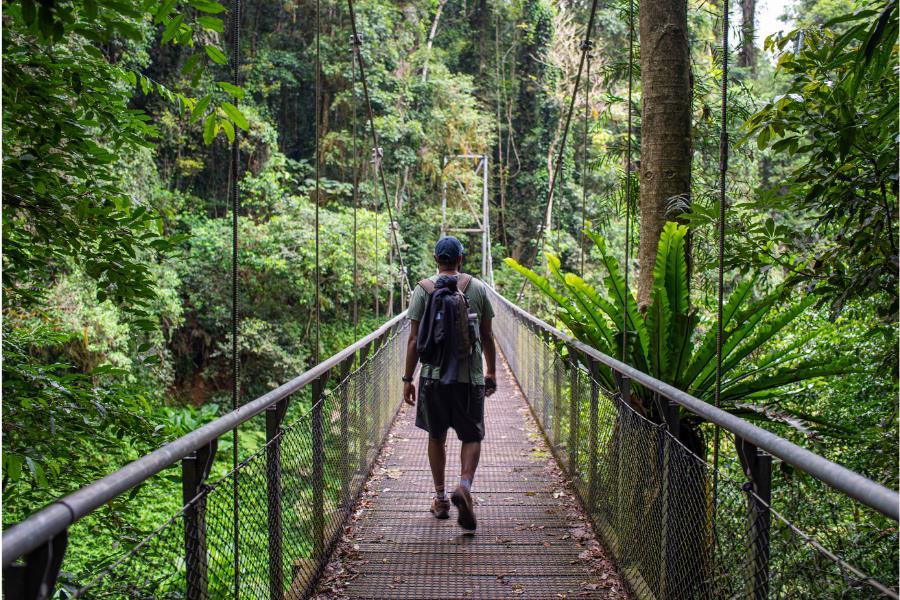
Communities have worked tirelessly over decades to secure the protection of these forests, which hold deep significance for many First Nations groups. However, other large areas of forest that are of World Heritage value are currently subject to industrial logging, despite increasing public opposition to the destruction of native forests.
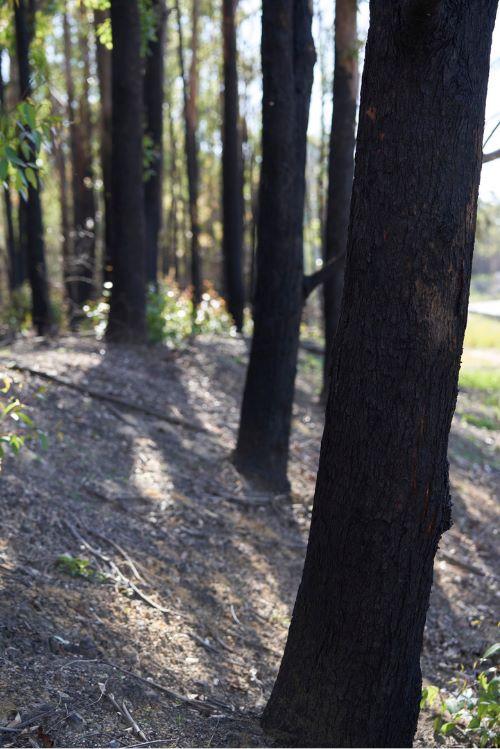
The NSW government approves around 14,000 hectares of public native forest logging in NSW per year, in some of the most biodiverse and evolutionarily distinct ecosystems in the continent. This is like losing an area comparable to the Royal National Park a year.
Forestry Corp of NSW is the state-owned logging agency that undertakes the logging, with much of what is logged being turned into low-value products such as woodchips for export, pallets and firewood. One company, Pentarch, owns and operates facilities such as woodchip ports and timber mills that take well over half of the material from NSW native forests.
Native forest logging is not only driving species extinction, it is a loss-making industry that costs taxpayers millions of dollars a year. It is beyond time for a transition from native forest logging to sustainable plantations.
The scientific evidence is clear: industrial logging of native forests is a pathway to more destructive bushfires, a worsening biodiversity crisis and wildlife extinctions.
NSW forests were severely impacted during the devastating 2019-2020 Black Summer bushfires. This was the worst ever bushfire season in NSW, burning more than five million hectares across the state (including almost two-thirds of NSW native state forest and more than a third of all rainforest in NSW). More than 1 billion animals were killed, injured or displaced in NSW alone, impacting the prospects for long-term survival of some species.
After the bushfires a parliamentary inquiry found that koalas will be extinct in the wild in NSW by 2050 unless their habitat is urgently protected. Other iconic species severely impacted by the fires include the brush-tailed rock-wallaby, mountain pygmy-possum, southern greater glider and gang-gang cockatoo.
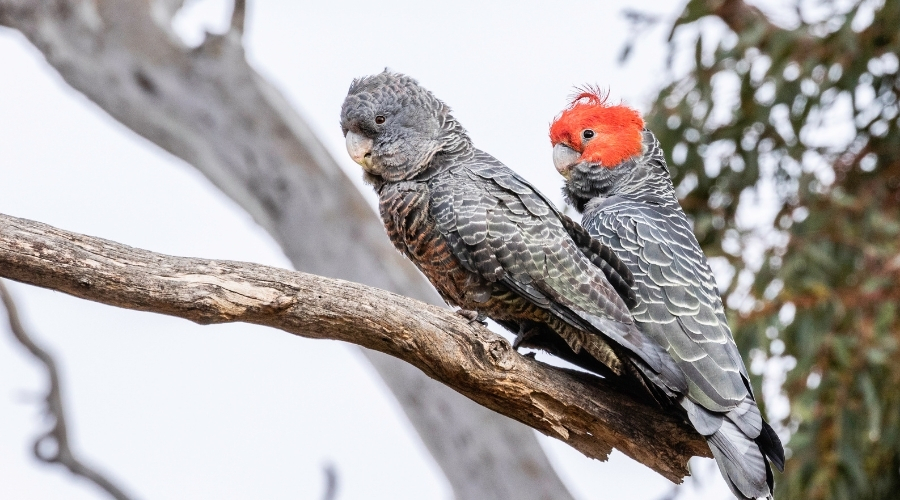
Industrial logging continues to be facilitated and approved in native forests. The NSW government has ignored a range of reports calling for logging policy to be adjusted in light of the dramatic impacts of the Black Summer bushfires.
In 2021 the independent industry regulator, the Natural Resources Commission, authored a report concluding that forestry rules were not fit for a post-bushfire context. It called for the suspension or restriction of logging in extreme and high-risk areas to protect environmental values. The government did not implement the findings and tried to keep the report secret, but it was uncovered by The Guardian.
To limit the decline of native species it’s also necessary to protect unburnt pockets of bushland from further impacts, such as logging or deforestation, according to an independent scientific review of the biodiversity impacts of the bushfires. The koala lost up to 81% of its habitat in parts of NSW as a result of the fires.
We also know that industrial logging makes forests more vulnerable to bushfires and more likely to burn out of control. When trees mature after a few decades, they are significantly less likely to burn.In NSW there is strong public support for the government to protect remaining precious native forests following the devastation of the Black Summer Bushfires; and to do so before koalas and other threatened species become extinct. Polling undertaken in December 2022 in several regions of Sydney, for example, showed very high levels of support for the protection of NSW native forests.
However, industrial logging of critical unburnt pockets of forest in bushfire-affected areas continues in part because NSW laws explicitly reduce the right of communities to have a fair say in environmental decisions.
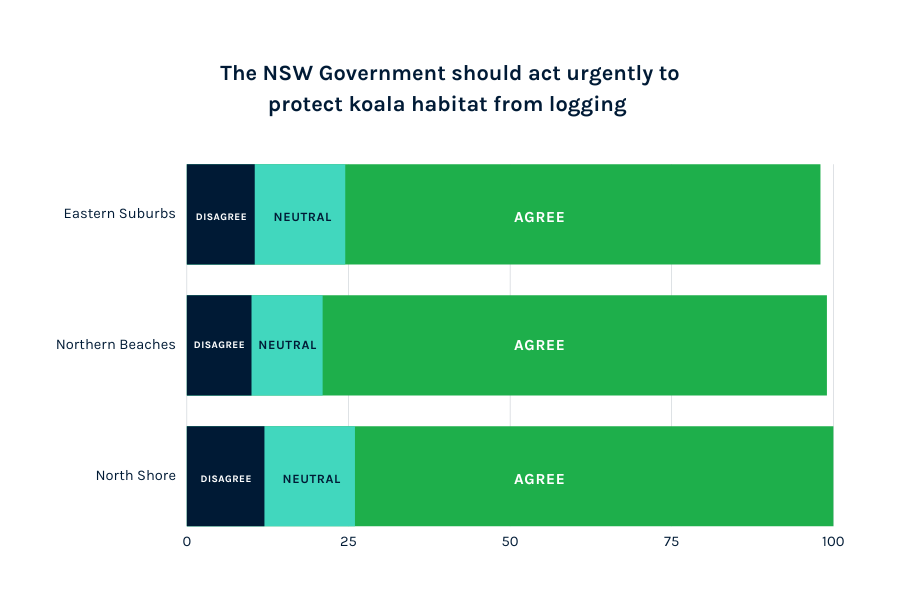
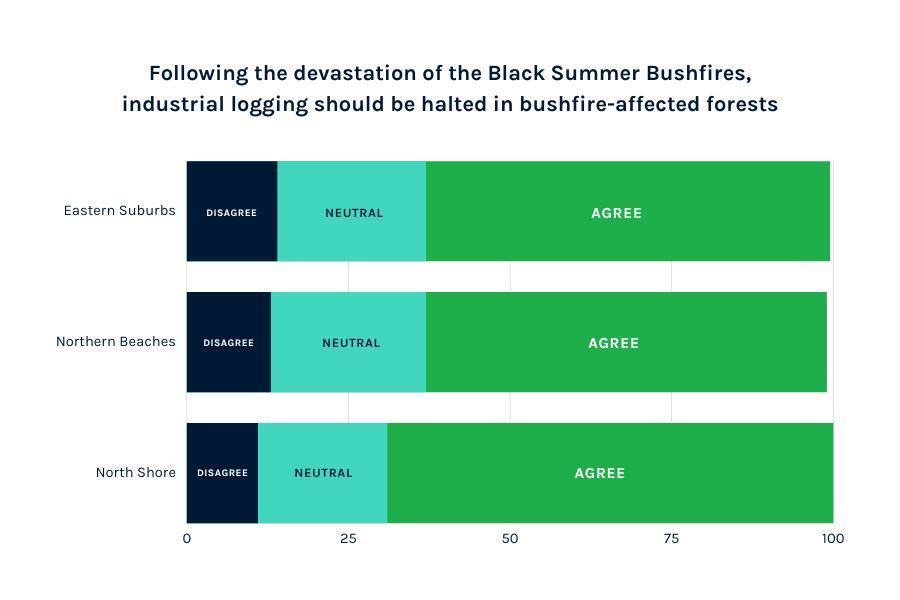
The failure of environment and planning laws to guarantee communities a meaningful say in environmental decision-making is exposed in a Wilderness Society report, based on legal analysis from the Environmental Defenders Office.
The report, ‘Who holds the power? Community rights in environmental decision-making’, found that no government in Australia has yet enshrined strong community rights—the right to know, to participate and to challenge—into legislation and practice.
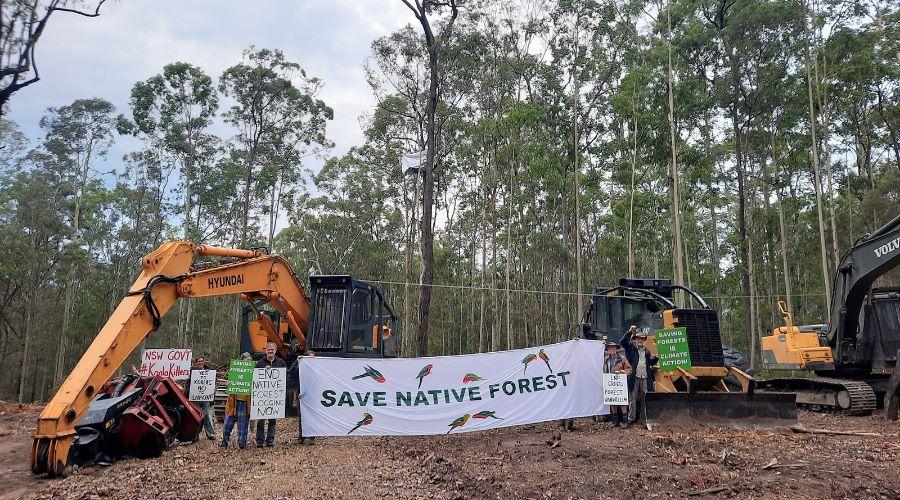
In NSW, communities are prevented from challenging decisions about where and how much industrial logging is happening in native forests because of legal changes introduced after successful community-led campaigns to protect forests in the past.
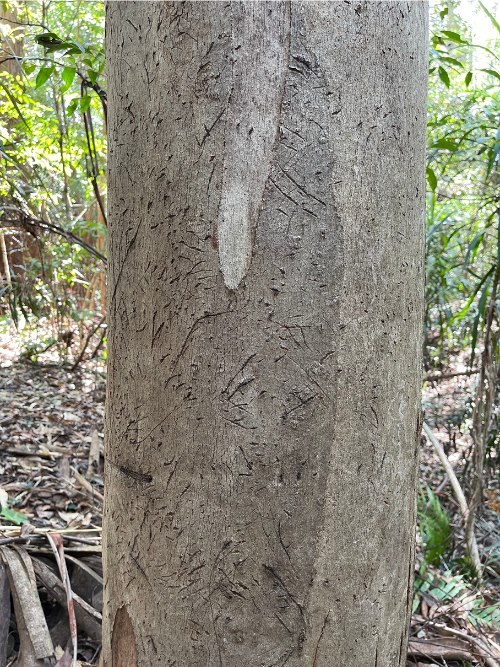
Similarly, in cases where approval was granted by the Independent Planning Commission following a public hearing, communities are prevented from seeking a merits review of the decision (i.e. a reconsideration of a decision based on its merits).
This was the case for the Narrabri Gas Project, which will clear large parts of the Pilliga Forest on Gomeroi Country—the largest remaining native forest west of the Great Dividing Range. Another major problem is the lack of transparency around land clearing approvals and plans, which is highly concerning given clearing rates have skyrocketed in recent years.
By fixing these laws, we can increase the power of the community to hold the government accountable for environmental decisions, resulting in better outcomes for people and nature.
Additionally and specifically, First Nations rights recognised in the UN Declaration on the Rights of Indigenous Peoples, including the principle of free, prior and informed consent, should be embedded across decision-making processes in all jurisdictions.
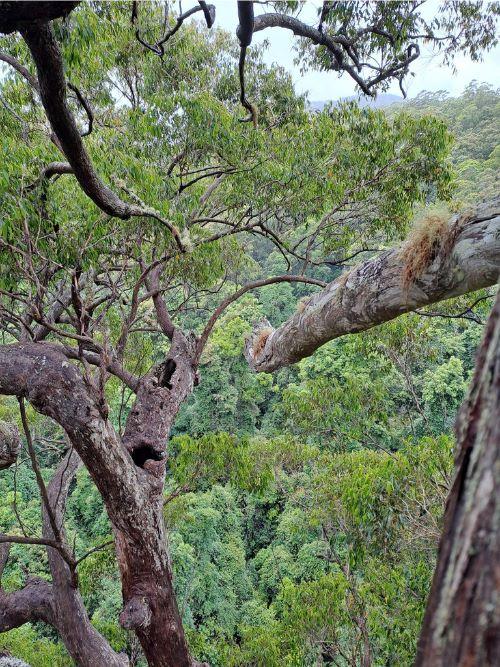
It’s only a few years since the Bulga Forest, on Biripi Country, was caught between two megafires during the 2019-2020 Black Summer Bushfires. Despite the devastation, local residents have since documented evidence of surviving old growth trees and koalas inhabiting the Bulga Forest.
It’s critical to protect unburnt pockets of forest in or next to bushfire-affected areas because they provide a place for native species to seek refuge. Yet in many such places, including the Bulga Forest, the NSW government continues to give a green light to industrial logging.
After witnessing the devastation of the Black Summer Bushfires up close, Bulga Plateau residents won’t stand by while machines destroy this precious forest and critical habitat. They are holding community meetings, running a camp for forest defenders at nearby Ellenborough Falls, and organising non-violent direct action.
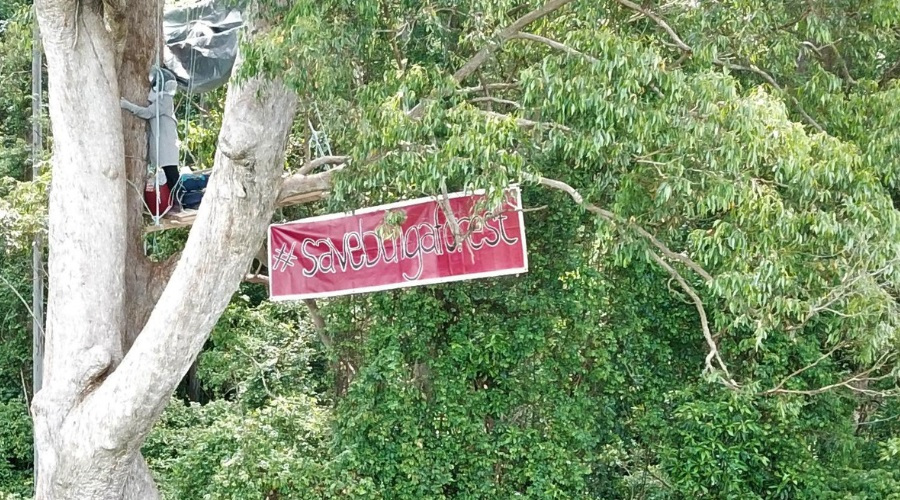
The community secured a short-term win in January 2023, when they ran a blockade that temporarily forced Forestry Corp to switch from logging native forests to a nearby hardwood plantation. Despite the local community’s opposition and broad support in NSW for the protection of NSW native forests, Forestry Corp could switch back to native forest logging at any time.
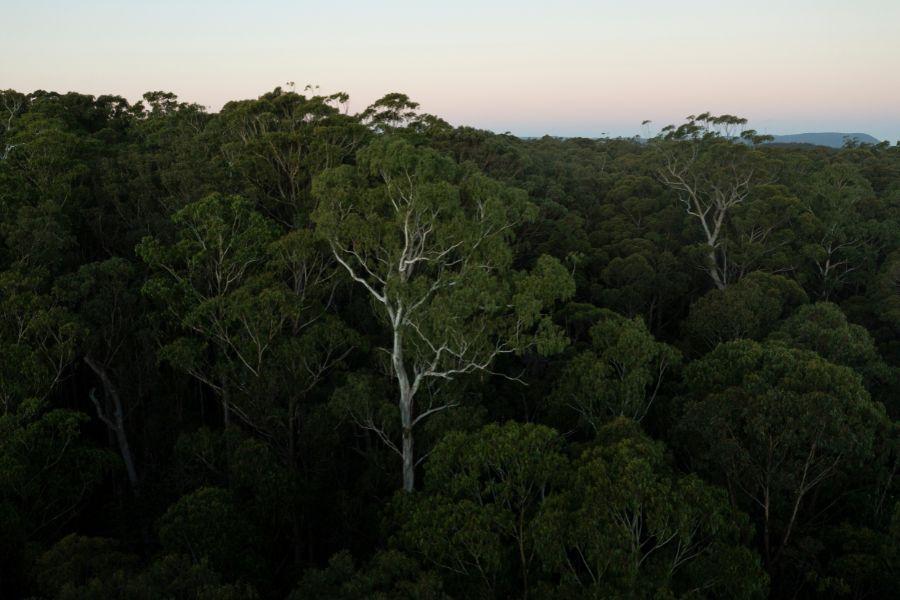
The Wilderness Society is calling on the NSW government to support the following policy asks in relation to environmental community rights and forest biodiversity:
Improve access to information on native vegetation clearing approvals and plans
Remove the privative clause preventing merits review for major projects approved by the IPC following a public hearing
Remove privative clauses from forestry laws that prevent third party forestry cases being brought by the community.
Protect high conservation value forests from industrial logging in/adjacent to areas affected by the Black Summer Bushfires.
Rewrite NSW legislation to ban the clearing of all high conservation value bushland.
Outline a NSW policy for the 30 by 30 target (to protect 30% of Australia’s land and waters by 2030) that genuinely protects the state’s most important environmental areas, including: adding Coricudgy State Forest, Nullo Mountain State Forest, Pilliga Forest and southeast forests to the national park estate, and creation of the proposed Great Koala National Park.
Increase the funding and staffing for the NSW national park remote-area rapid response bushfire program so that our World Heritage sites and large intact natural areas, and therefore the community, are better protected from catastrophic bushfires.
The Blue Mountains World Heritage Area extension
The Gondwanan Rainforest extension / new eucalypt listing
Ban the use of Native Forest Biomass in electricity production so that NSW forests cannot be pulped for burning in power plants.